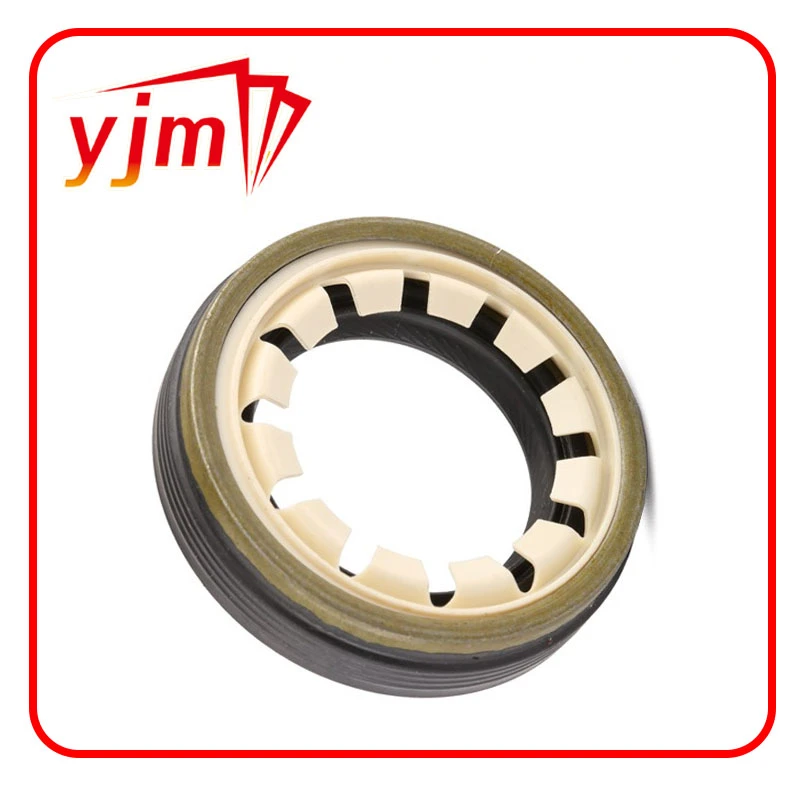High-Performance Oil Pan Gasket for Enhanced Engine Protection and Efficiency
Understanding the Importance of the 318 Oil Pan Gasket
The oil pan gasket is a crucial component in any vehicle's engine system, particularly for the Chrysler 318 engine. This gasket plays an essential role in sealing the oil pan to the engine block, ensuring that oil remains contained within the engine. When the oil pan gasket fails, it can lead to serious issues, including oil leaks, decreased engine performance, and potential damage to other engine components. In this article, we will discuss the significance of the 318 oil pan gasket, common signs of failure, replacement procedures, and maintenance tips to ensure a long-lasting performance.
Importance of the Oil Pan Gasket
The Chrysler 318 engine, a classic V8 powerplant, has been favored by many for its reliability and performance. The oil pan gasket is specifically designed to withstand high temperatures and pressures, providing a leak-proof seal that is crucial for maintaining oil flow to the engine components. This oil ensures that the moving parts are lubricated, reducing friction and wear, and preventing overheating. A well-functioning oil pan gasket contributes not only to the engine's performance but also to its longevity.
Signs of Oil Pan Gasket Failure
Recognizing the symptoms of a failing oil pan gasket is vital for any vehicle owner. Here are some common signs to look out for
1. Oil Leaks The most immediate sign of a failing oil pan gasket is the presence of oil leaks. If you notice oil spots under your vehicle, it could indicate that the gasket is no longer sealing properly, allowing oil to escape.
2. Low Oil Levels If you find yourself frequently checking and refilling your engine oil, it could be a sign that oil is leaking from the pan. Keeping an eye on oil levels is crucial for maintaining engine health.
3. Oil Pressure Warning Light If the oil pressure warning light on your dashboard illuminates, it might point to a failing gasket. A drop in oil pressure can lead to serious engine damage, making it important to address any warnings promptly.
4. Increased Engine Noise A sudden increase in engine noise may indicate insufficient lubrication, which could be caused by oil escaping from the oil pan due to a gasket failure.
5. Oil Puddles If you observe large puddles of oil on your driveway or garage floor, it’s a clear indication of a leak, possibly from the oil pan gasket.
Replacement of the Oil Pan Gasket
318 oil pan gasket

Replacing the oil pan gasket is a task that can be undertaken by DIY enthusiasts with the right tools and knowledge, or by a professional mechanic. Here is a general procedure for replacement
1. Preparation Ensure the vehicle is parked on a level surface and the engine is cool. Gather the necessary tools wrenches, a socket set, gasket scraper, and a new gasket.
2. Drain Engine Oil Before removing the oil pan, drain the engine oil to avoid spills. Use a drain pan to catch the oil and dispose of it properly.
3. Remove the Oil Pan Unscrew the bolts holding the oil pan in place. Gently tap the pan if it is stuck to break the seal. Carefully lift it away from the engine block.
4. Clean the Surfaces Use a gasket scraper to remove any old gasket material from the oil pan and engine block surfaces. Ensure that both surfaces are clean and free of debris.
5. Install the New Gasket Place the new gasket onto the oil pan, aligning it with the bolt holes. Reattach the oil pan, tightening the bolts in a crisscross pattern to ensure an even seal.
6. Refill Engine Oil Once the oil pan is secured, refill the engine with new oil. Check the oil level and ensure there are no leaks.
Maintenance Tips for Longevity
To extend the life of your 318 oil pan gasket and prevent failures, adhere to these maintenance tips
- Regularly Check Oil Levels Make it a habit to check your oil level regularly and top it off as needed. - Routine Inspections Regularly inspect your engine for any signs of leaks or oil spots. - Proper Engine Maintenance Follow the manufacturer’s recommended maintenance schedule, including oil changes.
In conclusion, understanding the role of the 318 oil pan gasket is essential for maintaining your vehicle’s engine health. By recognizing the signs of failure and adhering to proper maintenance practices, you can ensure your engine runs smoothly for years to come. Regular checks and timely replacements will not only enhance performance but also save you from costly repairs down the line.
-
Understanding Automotive Oil Seals: Essential Components for Engine and Shaft Protection
News Jul.30,2025
-
The Importance of Heavy Duty Seals in Industrial and Residential Applications
News Jul.30,2025
-
Exploring Industrial Oil Seals: From Felt Oil Seals to TTO and CFW Solutions
News Jul.30,2025
-
Essential Guide to Oil Seals: From Radial to Metal-Cased Seals for Industrial Reliability
News Jul.30,2025
-
Choosing the Right Oil Seals and Gaskets for Industrial and Automotive Applications
News Jul.30,2025
-
Cassette Seals: Durable Sealing Solutions for Harsh Environments
News Jul.30,2025
-
Understanding the Front Main Engine Seal: Purpose, Maintenance, and Installation
News Jul.29,2025
Products categories















